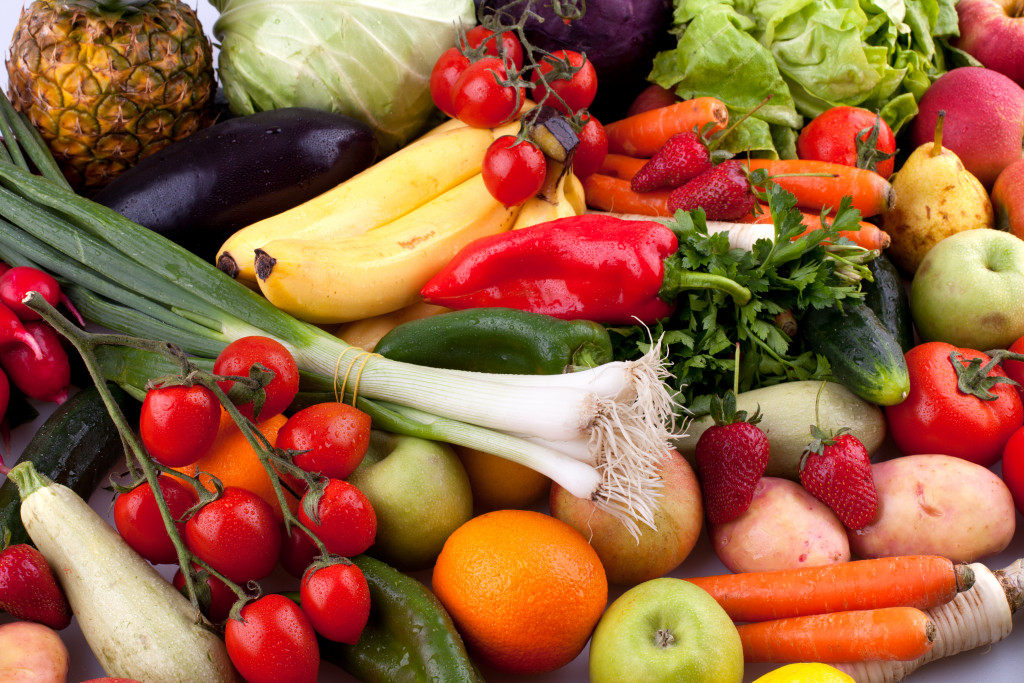The food industry is one of the leading causes of environmental degradation. The production of foods, from farming to packaging, creates a significant amount of pollution and uses vast resources.
Agricultural production is responsible for a third of global greenhouse gas emissions, and this number is rising as diets shift towards more meat-heavy meals. The livestock sector is a significant source of methane, a potent greenhouse gas. In addition, farm fertilizer and pesticide runoff contribute to algal blooms and dead zones in lakes and oceans.
Food processing and packaging also have a significant environmental impact. For example, manufacturing plastic packaging consumes enormous amounts of oil and gas. And when these materials end up in landfills or the ocean, they can take centuries to break down.
Ultimately, the food industry is responsible for significant environmental damage. The world needs to find new ways to put food on people’s tables without destroying the environment.
You can start doing this by making simple changes to how you eat. Here are five ways to start eating sustainably:
Grow Your Own Garden
Some of the carbon dioxides the food industry emits come from the vehicles transporting food to grocery stores. You can reduce your carbon footprint by growing your fruits, vegetables, and herbs. You won’t have to rely on store-bought produce transported long distances.
Start small by planting a few potted plants on your balcony or backyard. Once you get the hang of it, you can expand your garden to include more plants and even some animals like chickens.
Do you live in an apartment or condominium? Don’t worry, you can start practicing vertical gardening.
This gardening lets you grow plants in small spaces using containers, shelves, or hanging structures. You can start by growing some herbs on your windowsill.

Buy Locally Sourced Food
Another way to reduce your carbon footprint is to buy locally sourced food. When you buy local, you cut down on the distance your food has to travel. This reduces pollution from transportation emissions.
You can find locally sourced food at farmers’ markets, community-supported agriculture (CSA) programs, and even some grocery stores.
When buying meat and dairy, look for “locally raised” products. These products come from farms located within a certain radius of the store.
Support Local Restaurants
You can also reduce your carbon footprint by eating at local restaurants. When you eat out, you’re supporting the local economy and reducing the distance your food has to travel.
Look for restaurants that use locally sourced ingredients. You can usually find this information on their menu and website. Also, commute to your local restaurant instead of driving. This will further reduce your carbon footprint. Doing these things can make your next lunch out more sustainable! If you can, check if the restaurant follows farm-to-table practices. These practices ensure that the restaurant uses sustainable and seasonal ingredients. Not only they save the environment, but they taste better as well!
Make Sustainable Seafood Choices
The seafood industry is one of the most environmentally damaging industries. It’s responsible for overfishing, habitat destruction, and pollution. You can help by making more sustainable seafood choices.
When buying seafood, look for products certified by the Marine Stewardship Council. This certification means that the seafood was caught sustainably.
You can also help by eating lower on the food chain. For example, smaller fish like sardines and anchovies are more sustainable than large fish like tuna and swordfish. Not only are they more sustainable, but they’re also usually cheaper.
You can also choose to catch your seafood while camping. Doing this can help you avoid overfishing and reduce your carbon footprint.
Reduce Food Waste
Food waste is a huge problem. The average person wastes about a pound of food per day. That’s a lot of wasted resources!
You can reduce your food waste by planning your meals ahead of time. This way, you’ll only buy the ingredients you need. You can also store your food properly to make it last longer. For example, you can keep fruits and vegetables in the fridge to prevent them from going bad.
You can also compost your food waste instead of throwing it away. This helps reduce methane emissions from landfills. Start small by composting your kitchen scraps. Once you get the hang of it, you can expand your compost pile to include other organic materials like leaves and grass clippings.
Eating sustainably is essential for the environment. You can help reduce your carbon footprint and make a difference by making simple changes to how you eat. Do your part to protect the planet!

